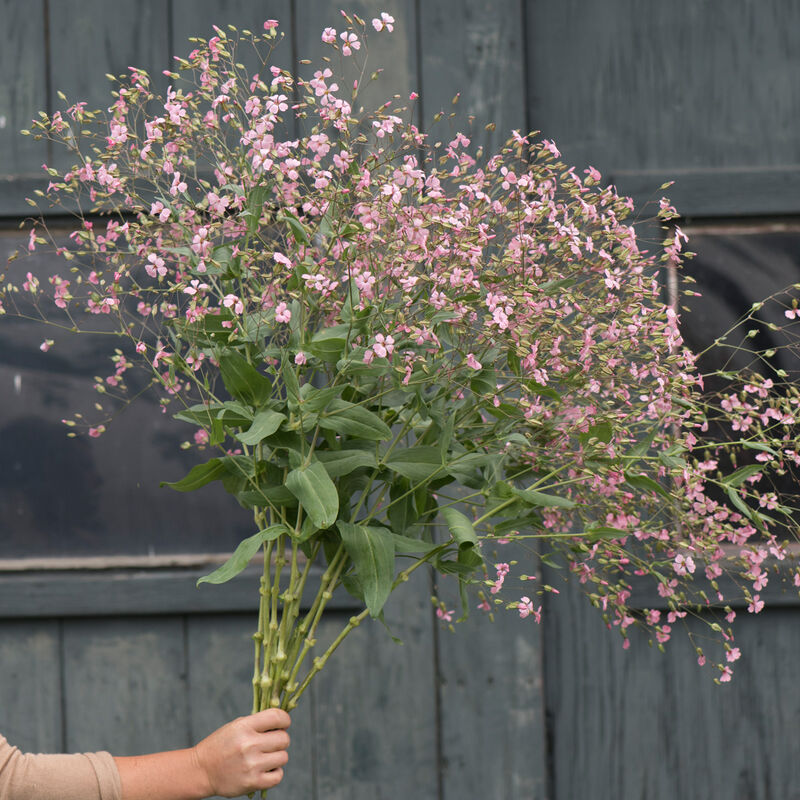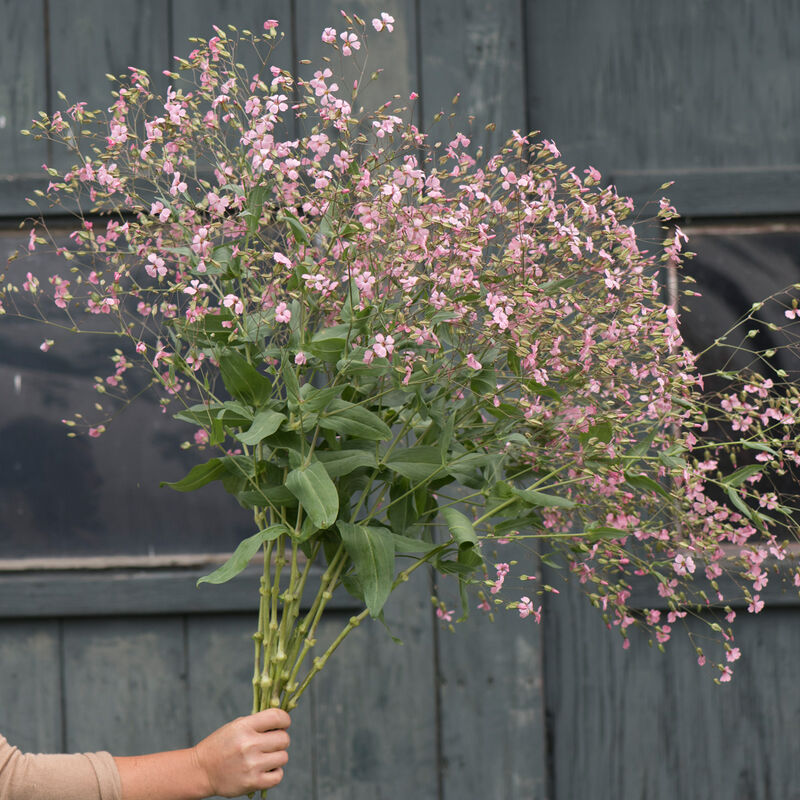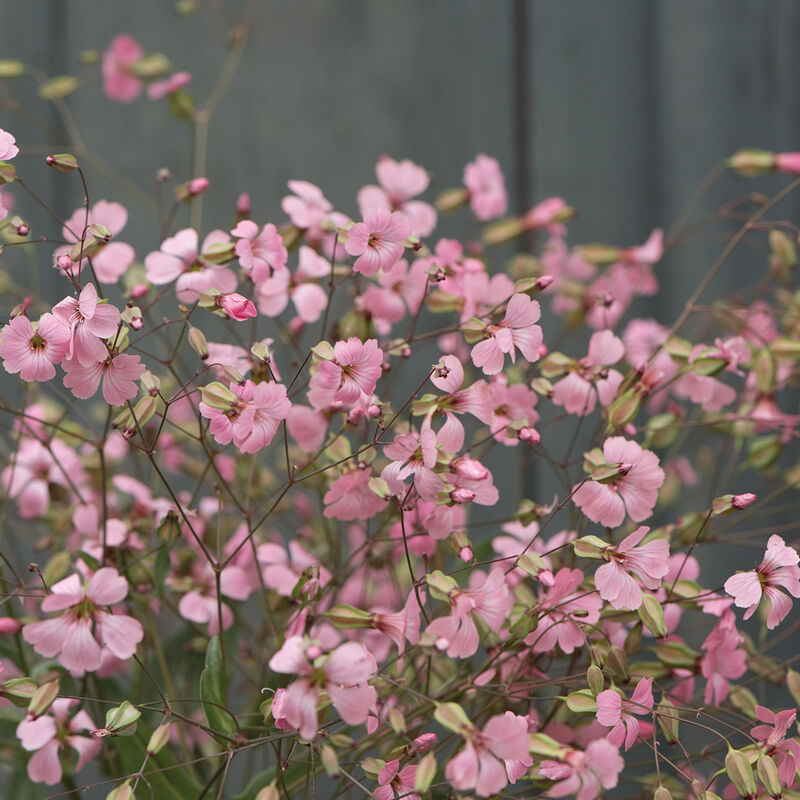Olive Seed Company
Soapwort 'Pink Beauty'
Soapwort 'Pink Beauty'
Couldn't load pickup availability
Pink Beauty Saponaria (Gypsophila vaccaria)
Create a whimsical, airy feel in the garden with Pink Beauty Saponaria, a charming annual also known as soapwort or cow soapwort. This easy-to-grow plant produces a flurry of 3/4 to 1-inch dusty pink blooms that float gracefully above grey-blue, waxy foliage. The branching plant habit creates an abundance of sturdy stems that are thicker, stronger, and easier to manage than those of annual Baby's Breath, making this an ideal cool-season filler. These delicate blooms provide a wonderful, frothy texture to bouquets and are long-lasting in a vase. A fantastic choice for beds and borders, this fast-growing variety adds a touch of delicate colour and is a favourite of pollinators.
DETAILS:
QTY: 100
TYPE: Annual
SITE: Full Sun
DEPTH: 1/8"
GERMINATION: 7-10 days at 21°C
HEIGHT: 24-34”
MATURITY: 55 - 65 Days
SPACING: 2-8"
PINCH: No
HOW TO GROW:
Direct seed (recommended): For best performance, sow in areas with cool summers. Sow seeds in early spring when the soil is cool and a light frost is still possible. For a continuous supply of blooms from July to August, make successive sowings at 2–3 week intervals until midsummer. Sow 2–3 seeds every 2" at a depth of ⅛". Once the first true leaves appear, thin the seedlings to a final spacing of 2–9" apart.
Transplanting (alternative): Sow seeds directly into 72-cell plug flats, with 2–3 seeds per cell, about 2–3 weeks before your last expected frost date. Lightly cover the seeds with soil. Thin seedlings to a single plant per cell. Harden off the seedlings by gradually exposing them to outdoor conditions for 7–10 days before transplanting them outdoors after all danger of frost has passed.
Soil Preference and Watering: Gypsophila vaccaria performs best in full sun and requires well--drained soil. It is not particular about soil fertility and can tolerate lean soils. Keep the soil consistently moist during the germination and establishment phases. Once mature, the plants are relatively drought-tolerant.
Pinching and Fertilizing: Pinching is not typically necessary. Deadheading spent flowers will help prolong the blooming period. This plant is a light feeder and does not require fertilizing; too much fertilizer can lead to weak, floppy growth.
Shipping & Returns
Shipping & Returns


-
Free Shipping
Free Shipping on all orders in Canada over $125.00


